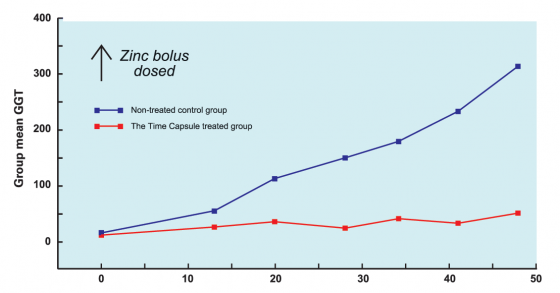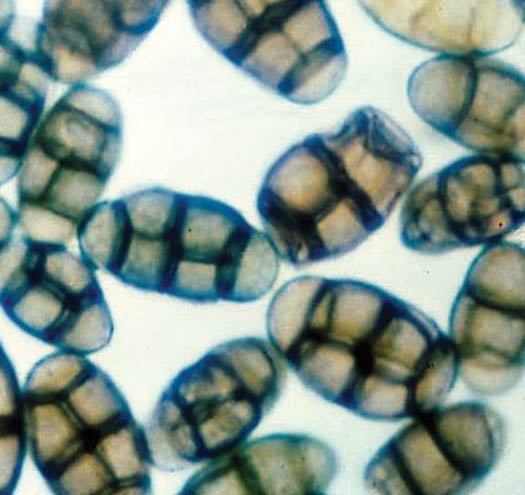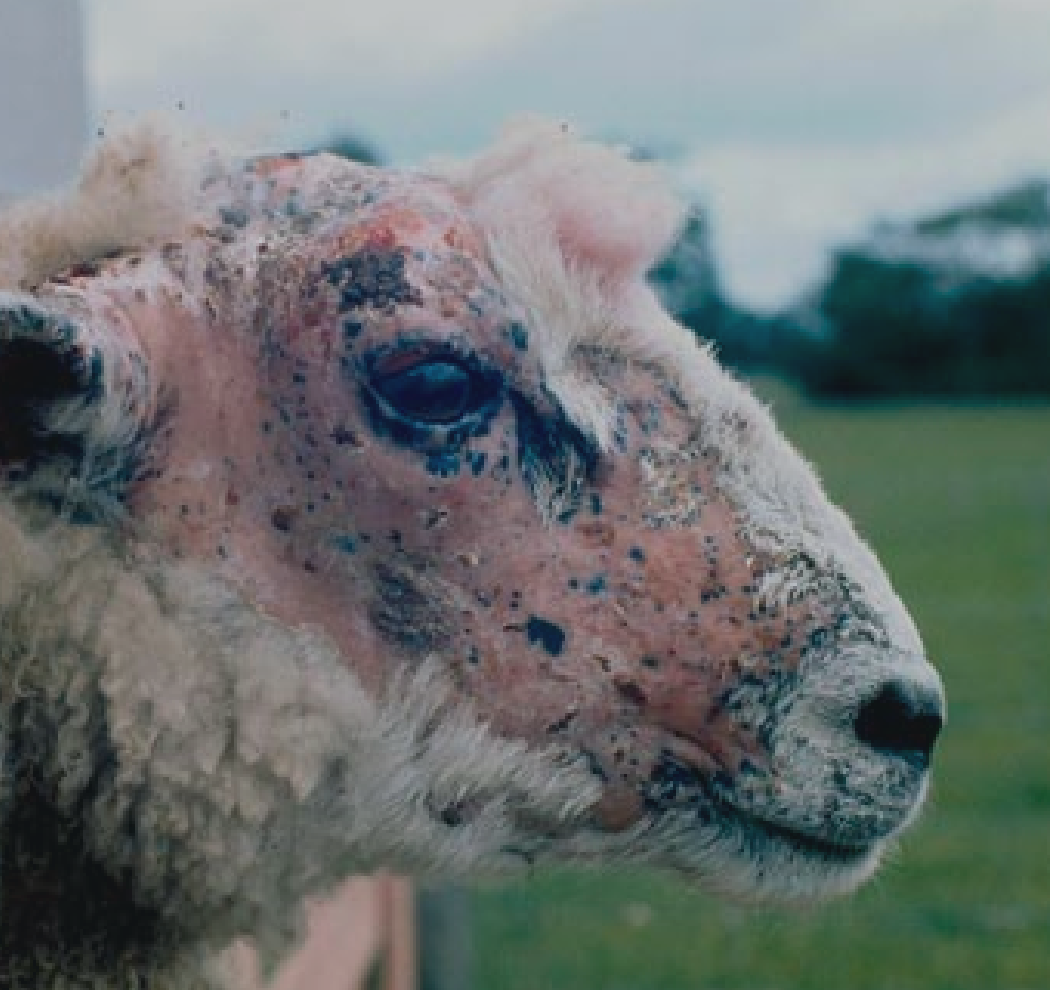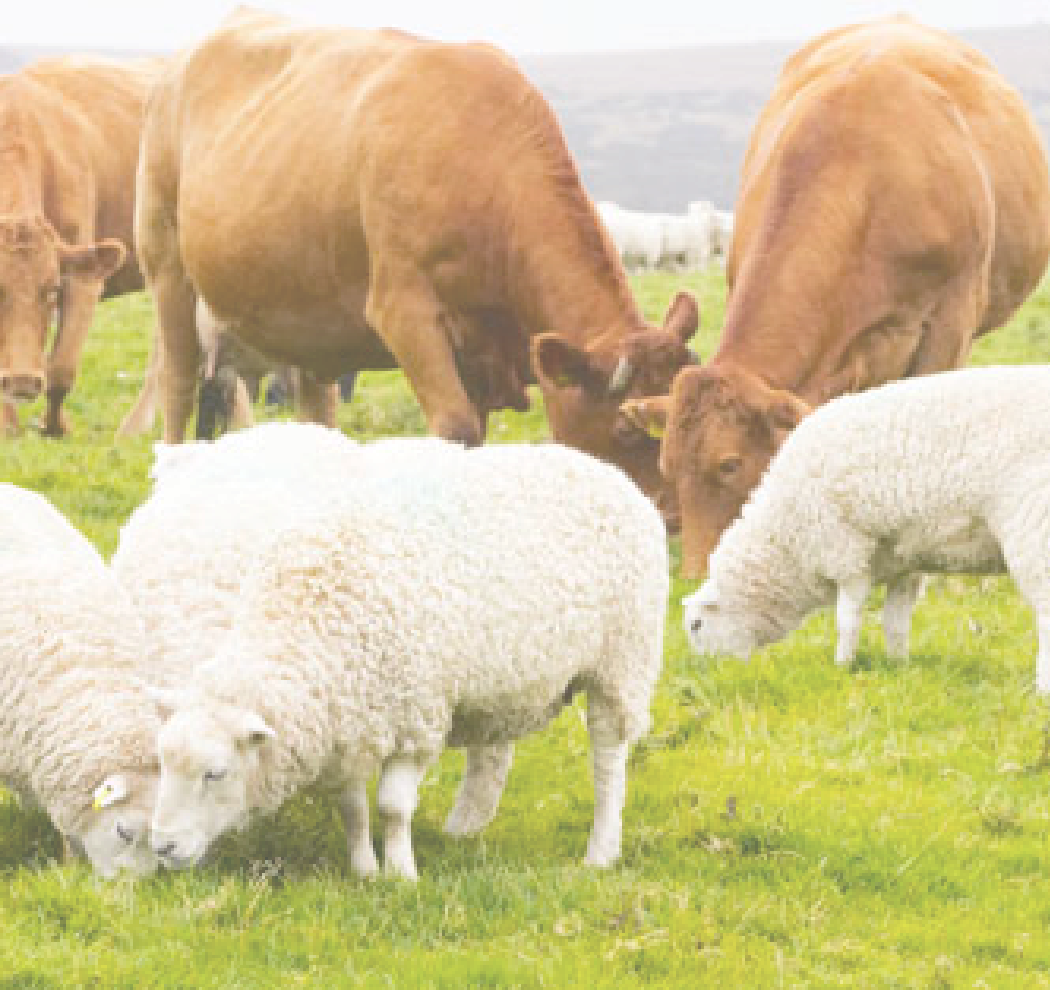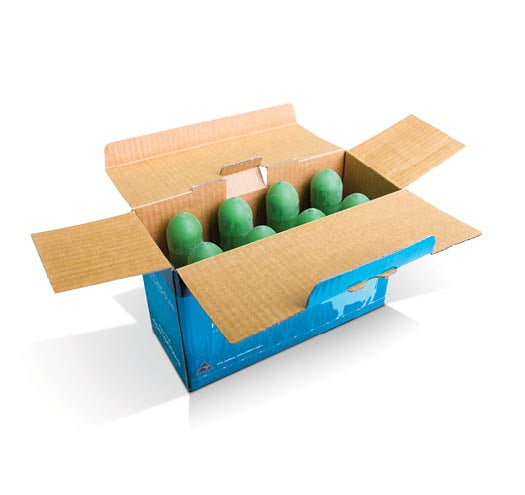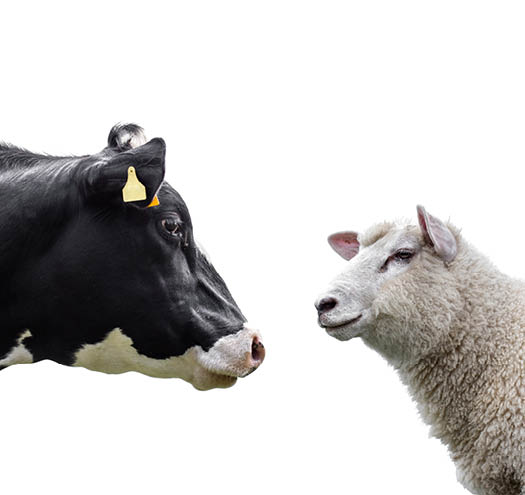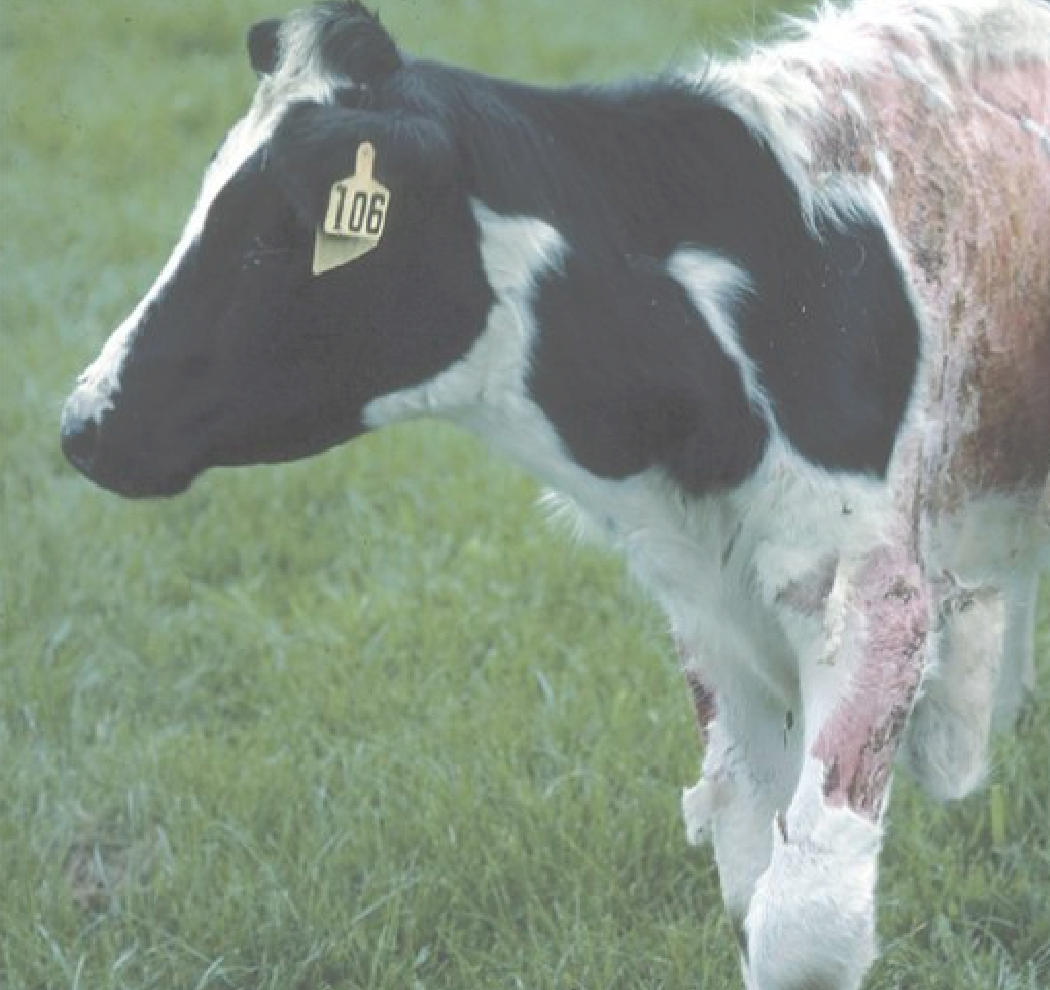
Facial Eczema (FE) is estimated to cost the New Zealand agriculture sector more than $100m a year in lost production. Breaking down the estimated losses resulting from the worst recorded outbreak of FE in 1998 and averaging them over 70% of North Island farms regardless of size, FE would have cost each dairy farm $6,180 and each sheep and beef farm $13,768. And that’s only the loss from animals with clinical (visible) signs of disease. If sub-clinical losses were to be included these costs could be up to 10 times higher.
2019 Trial - Cattle
In a 2019 NZ trial approved by an animal ethics committee, conducted by an independent research company, The Time Capsule was tested using serum zinc concentration* in cattle.
The trial showed that:
- The Time Capsule protected** 100% of animals at first sampling one week after treatment; and
- The Time Capsule continued to give consistent protection for the length of the trial
The reasons for The Time Capsule's excellent performance is our New Zealand-made, tested and proven formula and our consistent dissolving technology. This together with our range of weight specific dose sizes, makes it convenient to dose your animals.
*Serum Zinc concentration is a recognised method for reliably proving effective facial eczema protection levels.
**For zinc oxide products, such as The Time Capsule, serum zinc concentration greater than or equal to 18μmol/L are considered to provide protection against facial eczema.
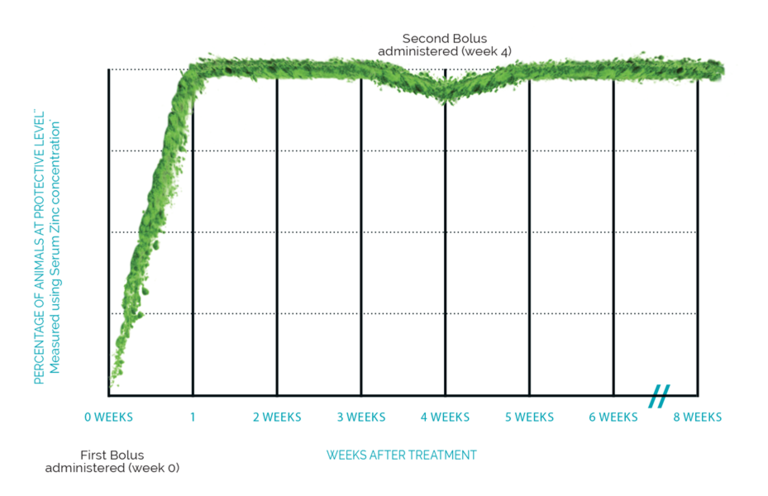
Trial Results - Cattle
The effect of sporidesmin on milk yield:
- Cows exposed for 8 days to 3 very low rates of sporidesmin
- There was no detectable liver damage in these cows
- Milk yield reduced by 8%, 18% and 25% over next 3 weeks
- At 0.8kg milk solids per day, losses were $7.93, $17.84 and $24.78 per cow over 21 days
- At 1.5kg milk solids per day, losses were $14.87, $33.45 and $46.46 per cow over 21 days
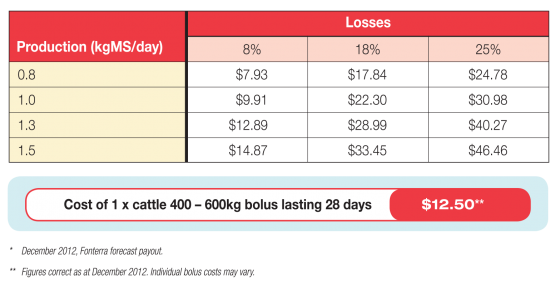
Heifer calves weekly liveweights
This graph shows the effect of the Time Capsule in preventing weight loss as the result of sub-clinical FE.
The calves treated with the Time Capsule showed no significant rise in GGT levels when compared to the untreated calves and had a liveweight advantage of approximately 15kg after three months.
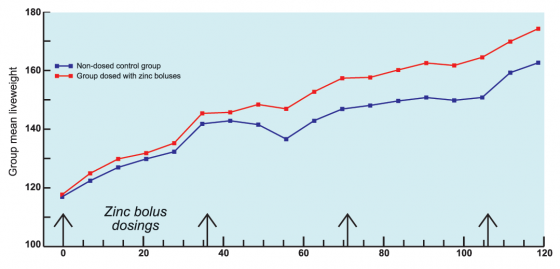
Trial Results - Sheep
- Sub-clinical Facial Eczema case study in sheep
- FE was monitored in a flock of 500 ewes
- Of these, 5 showed clinical signs of FE (1%)
- Following a GGT blood test to determine liver damage, 225 ewes or 45% exhibited elevated levels indicating some liver damage. The ewes were pregnancy scanned and found to be down 8% in lambing forecast

Trial results - Sheep 2006
Sustained zinc levels provided by the Time Capsule protect sheep against the FE toxin for six weeks.
80% of animals that were untreated suffered from facial eczema, with consequent loss in productivity. In contrast, only 8% of sheep receiving and retaining the Time Capsule showed any sign of the disease.
During the 2006 FE season, mating performance was monitored on three separate sheep farms involving a total of 1,500 breeding ewes when spore counts were recorded as sub-clinical between 25-50,000 and would normally be considered low risk.
At each farm, each ewe from one group (n=500) was treated with a Time Capsule bolus (repeat dosed at 6 week intervals) and a similar sized control group remained untreated. The mating performance of all ewes was determined at scanning.
The Time Capsule treated flocks showed an increase in conception rate of between 3-4% over the non-treated control ewes, which clearly demonstrates mating performance will be impaired even at low FE spore challenges.
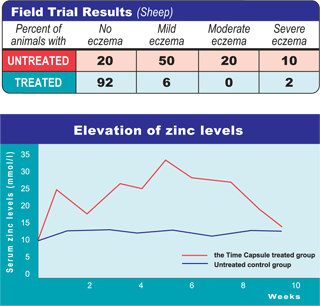
The results of trials on a farm with a history of severe FE outbreaks
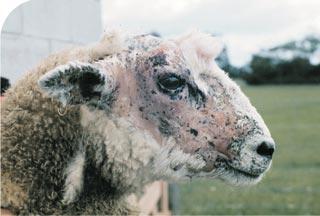
An untreated sheep showing severe clinical signs of Facial Eczema
District spore count guides
To insure against the effects of Facial Eczema, it's vital that you take preventative action when spore counts rise.
Prevention is the only recognised method of dealing with FE, so it's important to ensure you are aware of the spore counts on your farm.
District spore counts
District spore counts can provide good information about the spore counts in your region, so it's worthwhile keeping an eye on them.
Spore counts will vary markedly throughout a region, even from paddock to paddock on the same farm.
So use district spore counts as a guide only, and regularly test spore counts on your own property.
Heifer calves serum GGT levels Autumn 1999
This graph illustrates the serum GGT levels in two groups of calves exposed to FE.
The untreated control group showed marked and continuous increases in GGT levels (measure of liver damage) over a 50 day period, while the Time Capsule treated group showed no significant increases in GGT levels at all.
